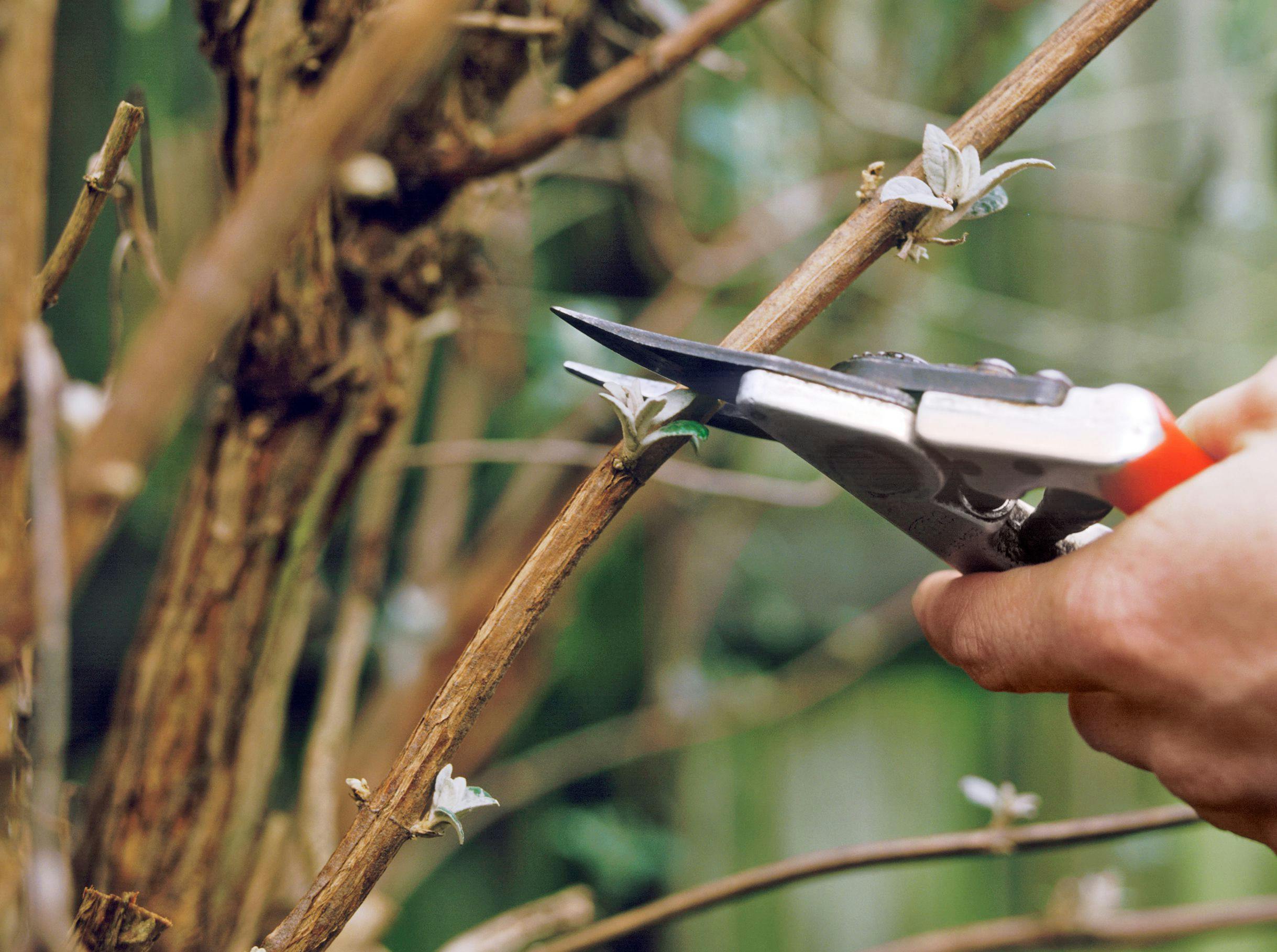
Often, the intricacies of pruning can be daunting, resulting in unpruned plants. However, this might not be a bad thing as improper pruning can cause more harm to shrubs and trees than leaving them alone. But, if done correctly, pruning can dramatically bring beauty and new vitality to a plant. Some gardeners, intimidated by the task, might suggest that there's little difference between recklessly hacking at plants and pruning them slowly and meticulously. While this might be true for some plants, the vast majority need appropriate pruning to flourish.
Understanding why a particular tree or shrub needs pruning is the first step in conquering pruning fear. Most would think that it's merely to control the size and shape of a plant, as all plants from simple hedges to elaborate topiaries require regular tidying to avoid becoming gangly and deformed. Another reason for pruning is to remove damage caused by weather conditions or diseases. If you're looking for guidance on pruning tools, check out our round-up of pruning tools.
Grasping how plants grow and react when a stem is cut is crucial for successful pruning. A basic understanding of botany can help you make informed decisions on where and how to prune. Apical buds, found at the tips of tree and shrub stems, release growth-inhibiting hormones (auxins) that travel down the stem, suppressing the development of lower buds into competing stems. By removing the apical stem, lower buds can form into new stems, which will eventually produce auxins to inhibit lower buds.
Why do we prune?
The growth behaviour of a yew hedge is a good example of this process. A yew hedge is thin and straggly until it reaches the desired height. Once the leading stems are cut, the rest of the hedge starts to sprout new shoots and quickly becomes denser. Pruning prevents the yew from growing into a large tree, encouraging lower shoots instead. The same principles apply to all pruned trees and shrubs.
When pruning individual stems of shrubs, make a clean cut just above a bud, angling away from it. Avoid leaving a long stem above the bud, as this can rot and introduce disease to the rest of the stem. Similarly, a flat cut allows moisture to accumulate, causing rot and a cut too low deprives the bud of nourishment. An uneven cut from blunt secateurs creates a home for pests and diseases while cutting towards the bud directs rainwater into it. Ideally, make a sharp angled cut with a clean edge just above the bud.
Why do we prune?
One of the most common reasons to prune is to boost the flower and fruit production of trees, shrubs, and even perennials. This aspect of pruning can seem complex and cause anxiety: some plants flower on the year's growth, others on old wood; some plants flower early in the year, others much later. Different plants need different pruning regimes, so begin by learning about the plants you grow.
When is the best time to prune plants?
The ideal pruning time varies from plant to plant. Incorrect timing will not kill a plant, but repeated incorrect pruning can weaken or damage it. Generally, it's best not to prune just after new shoots appear in early spring, as this can restrict a plant's energy for further growth. Also, avoid removing shoots in early autumn, as this could trigger late growth that can't withstand winter conditions.
What to avoid when pruning?
During pruning, it's easy to get carried away and cut more than necessary. Keep in mind that pruning is not a race - slow down and enjoy the process. If you feel a rush, it's probably time to step back and reflect on whether what you're doing is genuinely needed.
When to call in the professionals?
If you're dealing with large trees or tasks that involve a chainsaw... it's advisable to get in the professionals. This type of work requires skills and can be hazardous. When it comes to tree work, leave it to the professionals.